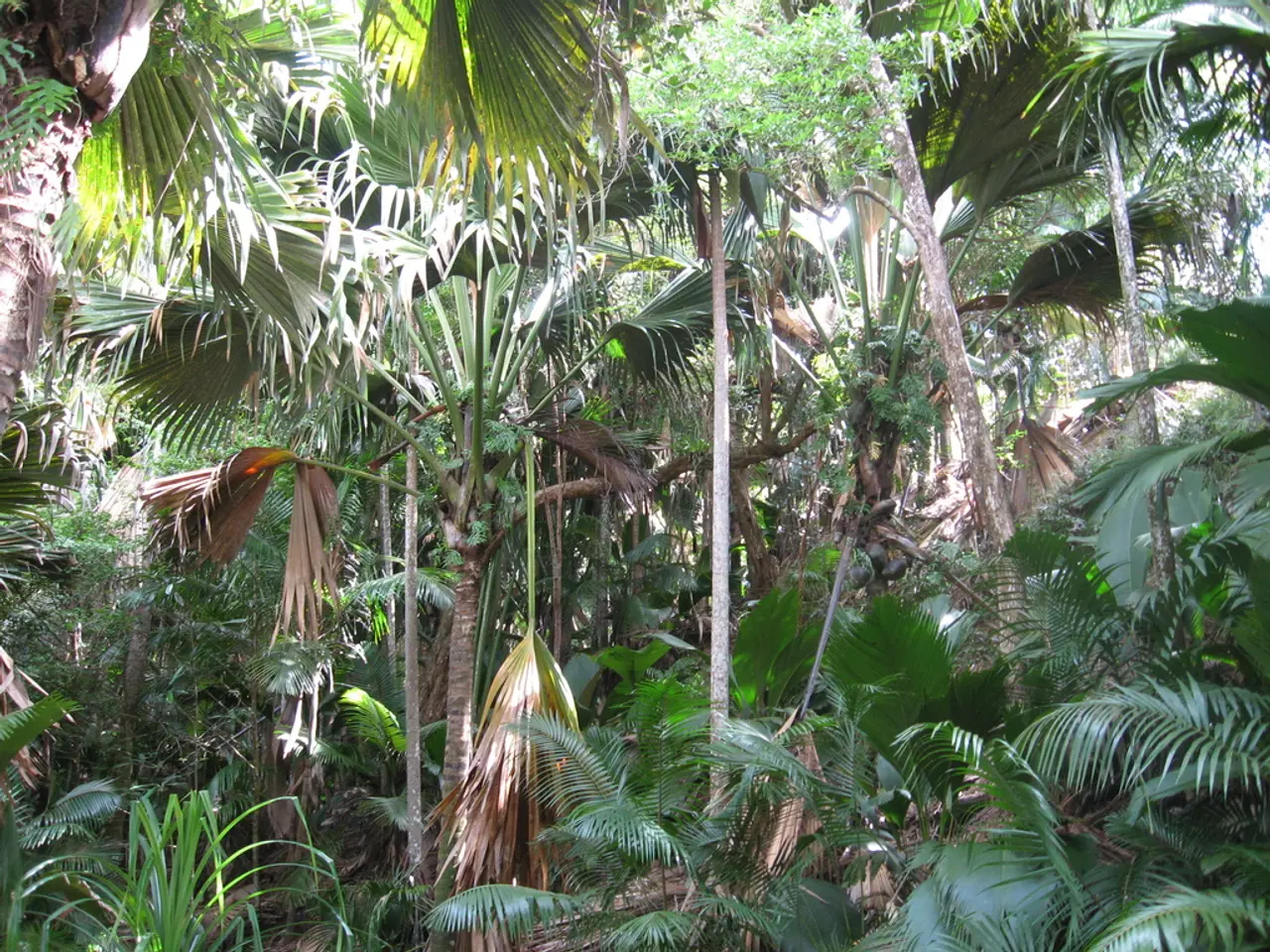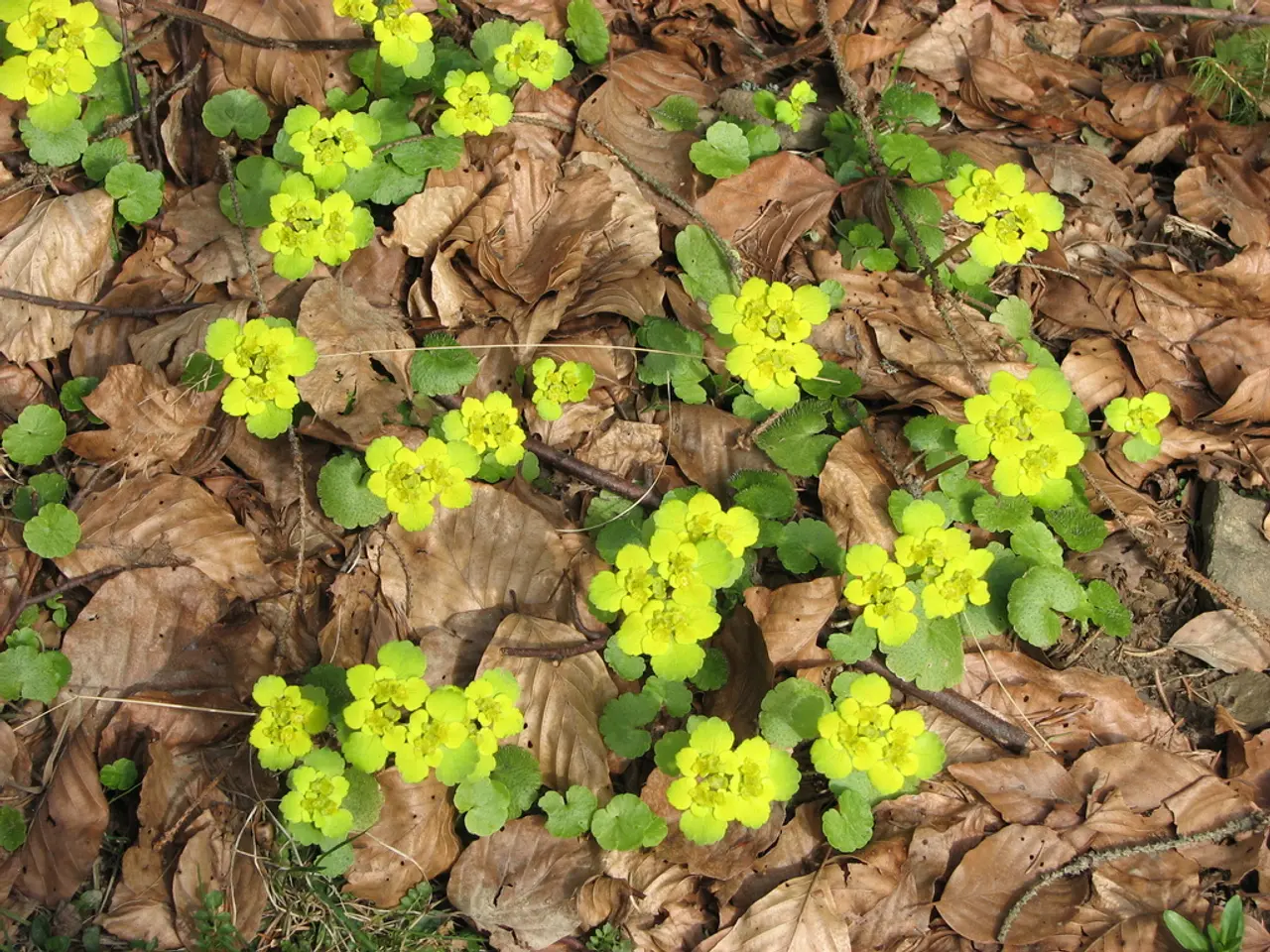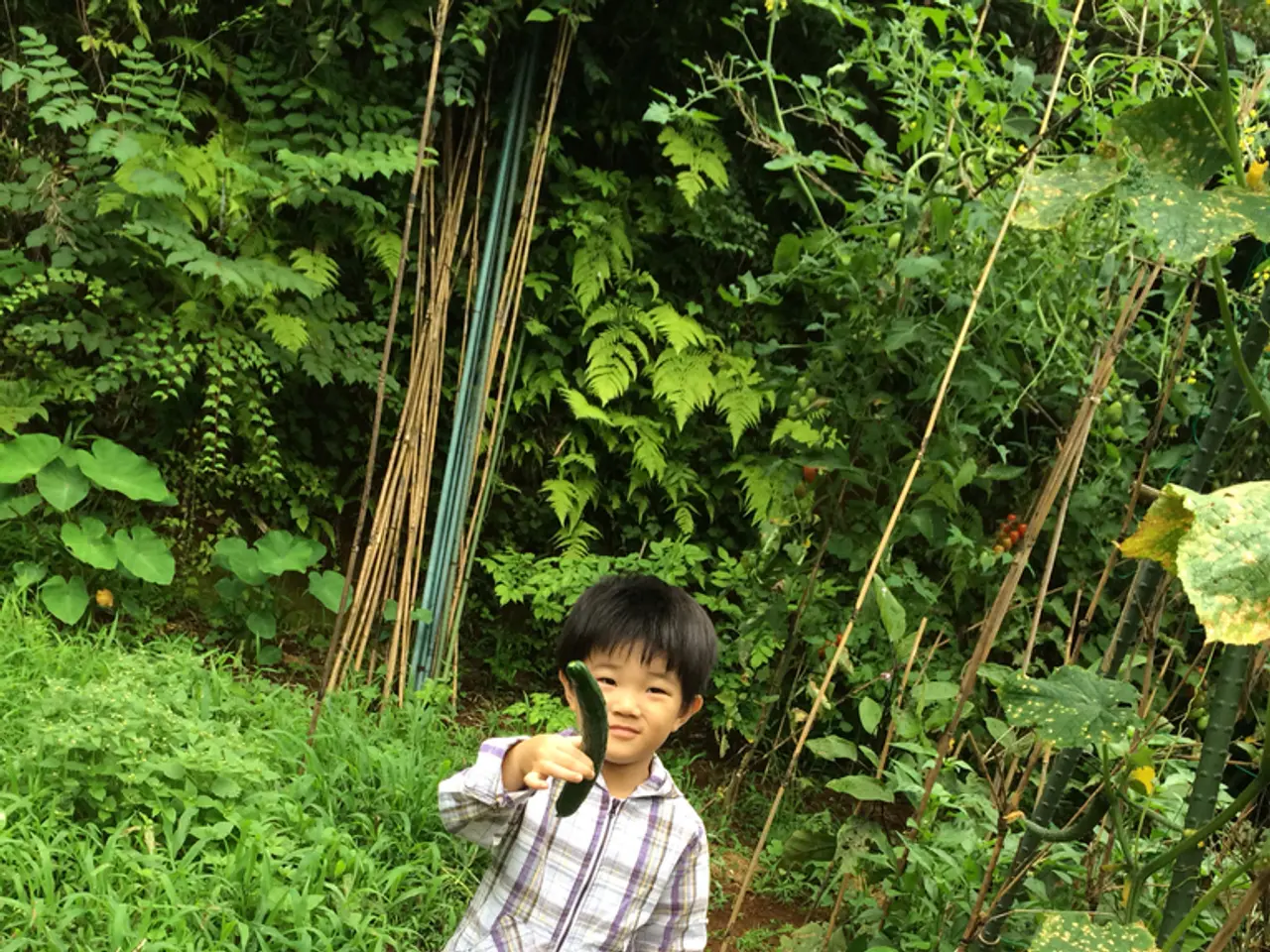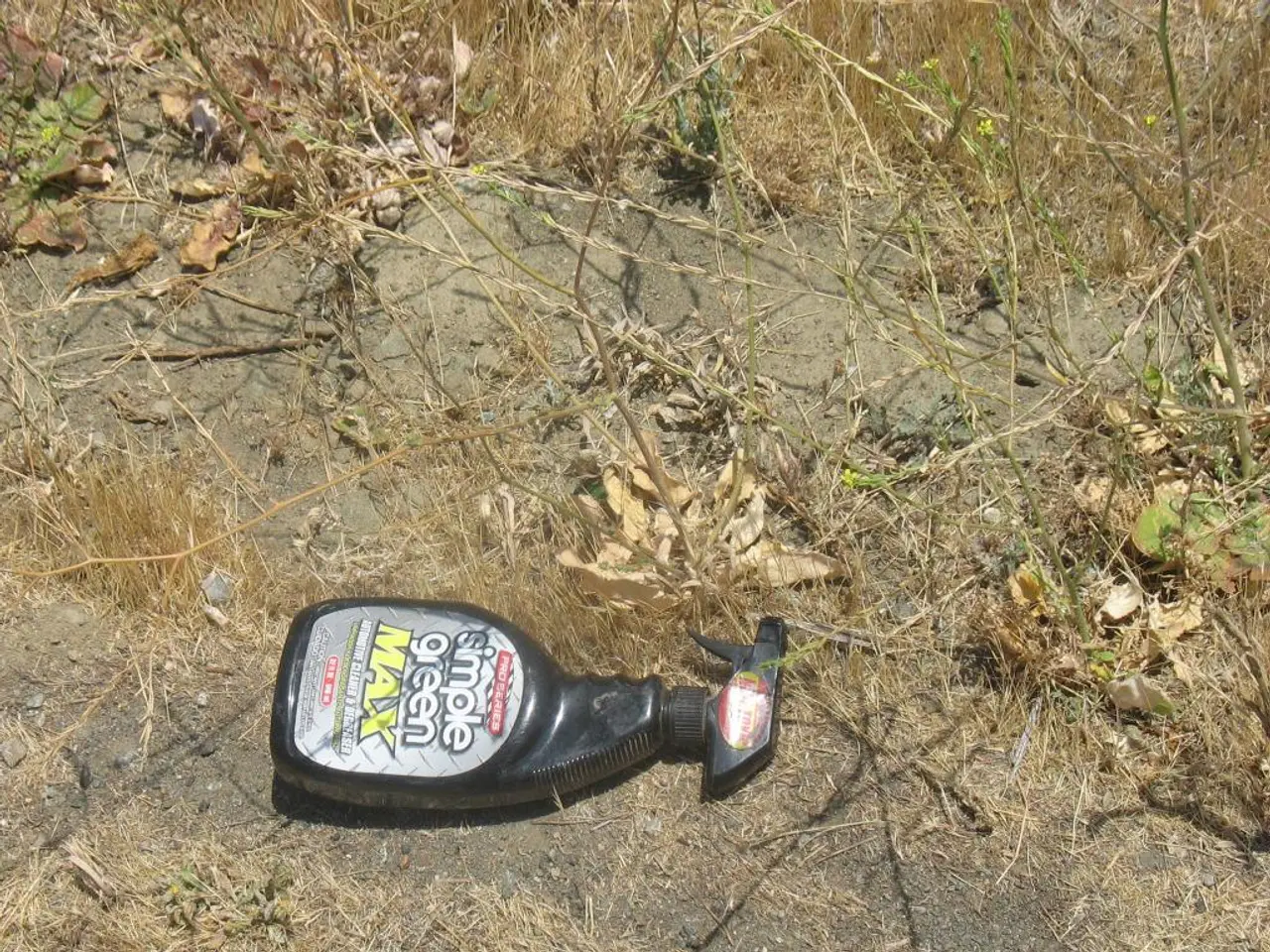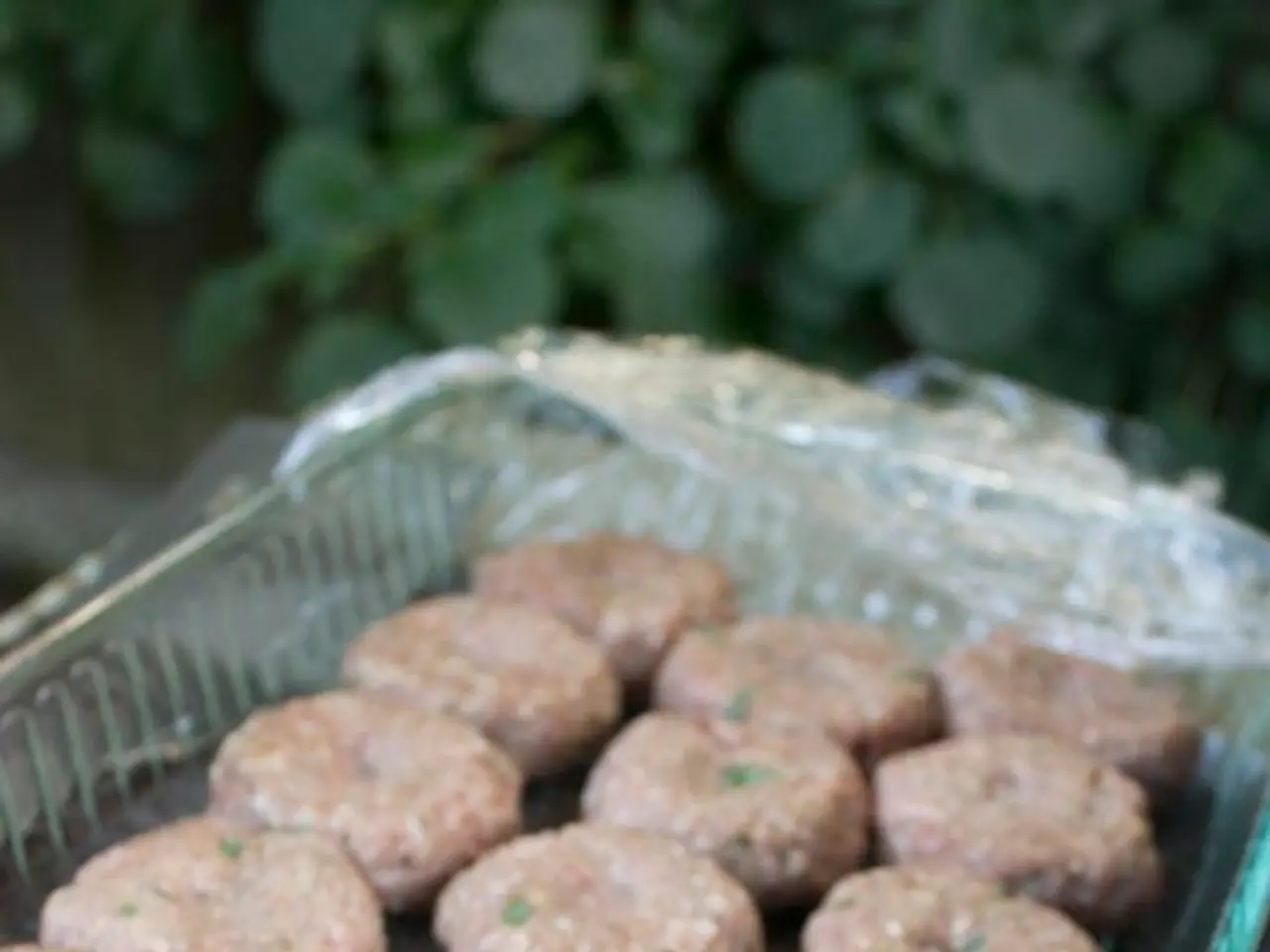Establishing a Native Flora Refuge: A Safe Hideout for Native Fauna
Get a Native Plant Sanctuary Delivered to Your Door - Low Maintenance, High Rewards
Want to make a difference for local wildlife without breaking a sweat? Turn your yard into a thriving native plant sanctuary - no green thumb necessary! As urban development replaces natural habitats, our yards can become crucial refuges for native critters. Whether you're sourcing plants from local dealers or opting for plant delivery services, transforming your outside space has never been easier.
Breaking Down the Basics
Native Plants 101
pexelsNative plants are species that have evolved in your region over centuries, forming complex relationships with local wildlife, soil organisms, and climate patterns. Unlike common ornamental plants, natives are resilient and don't require excess water, fertilizers, or pesticides to thrive in their local conditions. That makes them ideal additions for sustainable landscaping.
But the benefits don't stop at low maintenance. Native plants serve as vital food and shelter for local critters, from insects to birds and small mammals. Native flowering plants provide nectar and pollen to pollinators, while their seeds and fruits feed birds and other animals. Their deep root systems help prevent soil erosion and improve water quality by filtering runoff.
Planning Your Native Plant Haven
Start by assessing your space. Map out sun and shade zones, and conduct a basic soil test if possible. This information will help guide your plant selection.
A well-designed sanctuary features key elements: water sources, shelter areas, food-producing plants, and nesting locations. Even small spaces can include these features with clever design. A small birdbath provides water, while dense shrubs offer shelter and nesting sites. Layering plants of different heights creates multiple habitats within limited space.
Going Native
pexelsChoose a variety of plants to create a complete ecosystem. Ground covers and grasses provide shelter and help suppress weeds. Flowering perennials offer nectar sources throughout the growing season. Shrubs and small trees create structural diversity and provide food and nesting sites.
Focus on plants that support wildlife throughout the year. Spring-blooming natives like columbine and wild geranium attract early pollinators. Summer flowers such as coneflowers and black-eyed susans provide ongoing nectar sources. Fall-fruiting shrubs like elderberry and winterberry offer essential food for migrating birds. Even winter brings opportunities for wildlife support through plants with persistent seeds or berries.
Sourcing Your Plants
Local native plant nurseries are goldmines of expert advice and plants adapted to your specific region. These specialists can offer detailed growing tips and often maintain display gardens where you can see mature specimens. Garden centers are stocking more native options, but verify that the plants are truly native and not cultivated varieties that might not offer the same wildlife benefits.
For hard-to-find species or when local options are limited, specialized native plant delivery services can expand your choices. These providers often offer larger selections of regional natives and can deliver plants during optimal planting seasons. When ordering, consider timing to ensure plants arrive when conditions are favorable for establishment.
Creating Wildlife Habitats
Go beyond plants to create a true sanctuary. Add natural features like rock piles, dead wood, and brush heaps for additional shelter. Layer your plantings to mimic natural habitats with tall canopy plants, understory plants, and ground covers. This vertical diversity maximizes your space's habitat value while creating visual interest.
Honing the Basics
The first year is crucial for establishing your native plant sanctuary. Water deeply but infrequently to encourage deep root growth. Apply organic mulch to suppress weeds and retain moisture, but avoid piling it against plant stems.
Once established, your sanctuary will require minimal intervention. Focus on removing invasive species that might compete with your natives. Allow seed heads to remain standing through winter to provide food for birds. Dead plant material can be left in place to provide winter shelter and natural mulch.
The Impact Beyond Your Yard
Your native plant sanctuary can inspire others to contribute to local ecosystems. Share your knowledge through neighborhood gatherings or social media. Record the wildlife that visits your space - many citizen science projects will appreciate your observations. As more people create native plant sanctuaries, these spaces can form corridors that help wildlife move through developed areas.
Many organizations offer certification programs for wildlife-friendly gardens. These programs provide guidelines for creating effective habitats and recognize properties that meet specific criteria. Certification validates your efforts while helping educate others about the importance of native plant landscapes.
Embracing the Wild
pexelsCreating a native plant sanctuary is a journey that unfolds over seasons and years. Watch as your plants establish and witness the diverse wildlife that discovers your space. Your efforts contribute to a larger movement of habitat restoration, one yard at a time. Whether you're just starting or expanding an existing garden, incorporating native plants creates a living legacy that benefits both wildlife and future generations.
Incorporating native plants into your landscaping can enhance your home-and-garden not just aesthetically, but also contribute to environmental-science by providing vital food and shelter for local critters. By sourcing native plants from local nurseries or opting for plant delivery services, you're supporting environmental-science and transforming your yard into a thriving sanctuary for wildlife, even in a gardening lifestyle.
